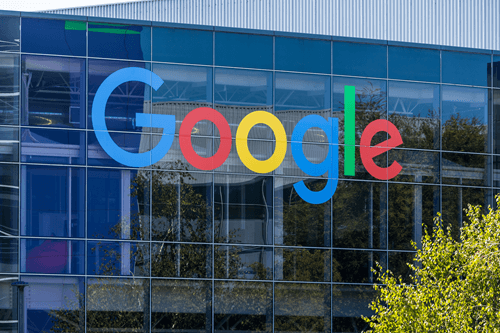Google started implementing its August 2025 Spam Update on August 26, 2025. The update is worldwide, impacts all languages, and is anticipated to take several weeks to finalize. In contrast to core updates, spam updates focus on practices that breach Google’s spam policies, including scaled content abuse, cloaking, doorway pages, and hacked or auto-generated content.

The update does not concentrate on link spam or the misuse of site reputation. Instead, it strengthens Google’s ongoing commitment to counteract low-quality and manipulative strategies.
Why This Update Matters
Spam updates frequently evolve in unexpected ways after their initial rollout. Initial fluctuations could stabilize by the conclusion of the rollout. Making hasty decisions to rewrite or remove significant sections of a website often leads to more problems than solutions.
A more effective strategy involves monitoring, annotating, and planning. Websites that depend on minimal, automatically produced content or misleading tactics face the highest level of risk. This update serves as a reminder for everyone to maintain authenticity in their content, prioritize user engagement, and adhere to policies.
Read More: SEO & Google Updates: The August 2025 SEO Roundup
How to Track Impact the Right Way
- Annotate key dates: Highlight August 26 in your analytics and reporting dashboards. This simplifies the process of linking performance changes to the update.
- Monitor clusters, not just URLs: Monitor the effectiveness of your content by focusing on query families or topic clusters instead of individual pages. Spam updates typically influence content trends rather than individual URLs.
- Check for manual actions: In the event of a notable decline in rankings, verify if the cause is related to an algorithm change or if it pertains to a manual penalty within Google Search Console.
- Segment data: Distinguish between branded and non-branded queries, then analyze them against year-over-year benchmarks to eliminate seasonal fluctuations.
Common Mistakes to Avoid During Rollout
- Do not panic-edit: Significant adjustments during the rollout can obscure evaluation and lead to enduring negative effects.
- Do not buy links: This update doesn’t specifically address link spam, but Google’s systems are capable of identifying and disregarding manipulative links.
- Do not rely on templates or mass rewrites: Automated solutions might exacerbate thin-content problems instead of resolving them.
Step-by-Step Action Plan
Week 1 (Aug 26 – Sep 2)
- Annotate dashboards.
- Capture baseline performance data.
- Spot critical zones, including sparse directories, copied content, or gateway pages.
Week 2
- Analysis indicates a steady decrease in review clusters.
- Evaluate the impacted pages in relation to Google’s established spam guidelines.
- Identify necessary adjustments but hold off on implementing significant changes until the rollout is fully completed.
Week 3 and Beyond
- As soon as Google verifies that the rollout is finished, initiate focused remediation efforts.
- Eliminate or combine content that offers minimal value.
- Address misleading markup and streamline duplicate or doorway variations.
- Secure user-generated content to avoid spam interference.
- Send in revised sitemaps to promote the recrawling of enhanced pages.
Recovery Expectations
Typically, bouncing back from a spam update can span several months rather than just a few weeks. That’s due to the time required for Google’s systems to evaluate site compliance. Enhancing your pages according to Google’s spam policies by incorporating unique value, original insights, and reliable signals can lead to recovery, but it requires patience.
Technical Guardrails
- Use index hygiene: prevent indexing of search results pages, eliminate duplicates from faceted navigation, and block internal site-search pages.
- Audit automated content: When utilizing AI or templates, ensure they deliver distinct perspectives and are supported by a thorough editorial review.
- Improve structured data accuracy: Make sure the schema aligns with the information presented on the page.
- Strengthen UGC moderation: Implement filters, nofollow attributes, and rate limits to effectively block spam submissions.
Pro Tip
Rather than hurrying through changes during the rollout, plan for a thorough audit in mid-September, once the update has had time to stabilize. This guarantees that your solutions are grounded in reliable trends rather than fleeting fluctuations.
Final Thoughts
The August 2025 Spam Update represents a further step in Google’s ongoing commitment to enhancing the quality of content while eliminating deceptive practices. For the majority of credible sites, the main point is to stay calm. Pay close attention, adhere to Google’s spam guidelines, and strategize your enhancements once things have calmed down.

